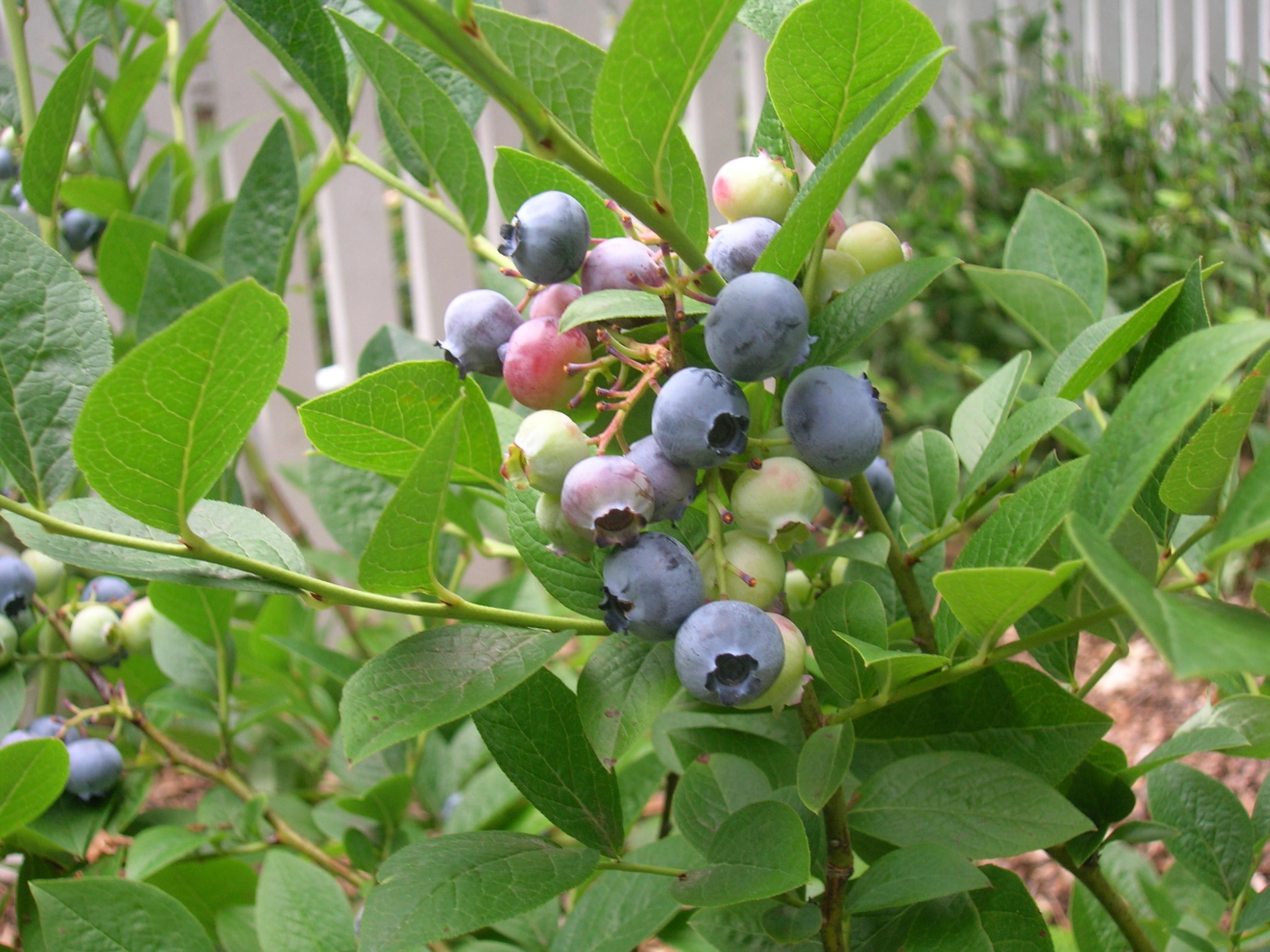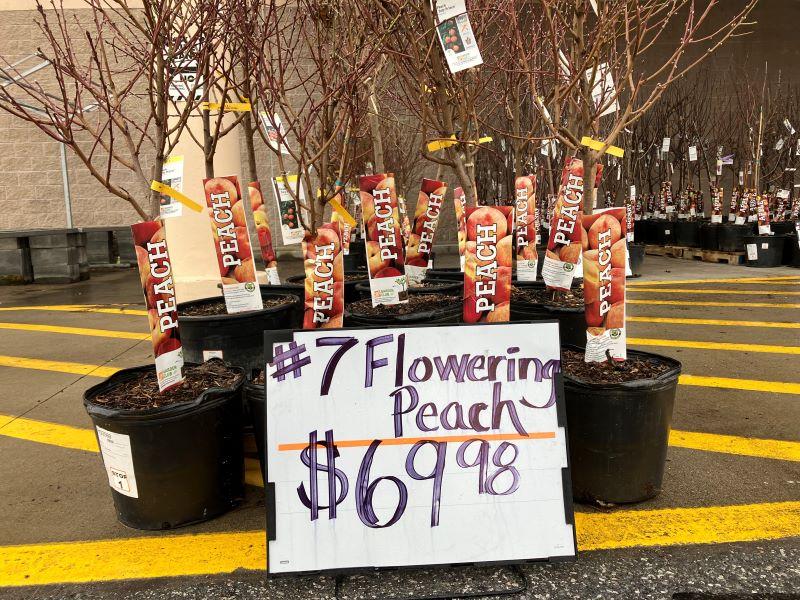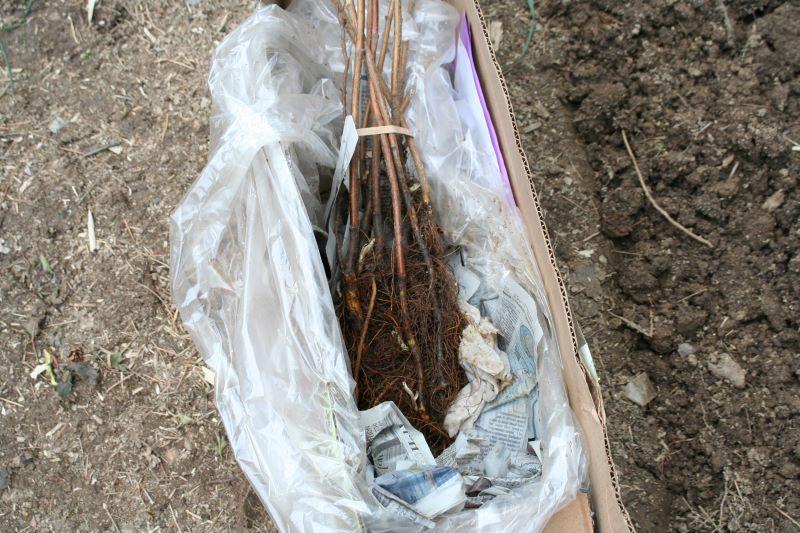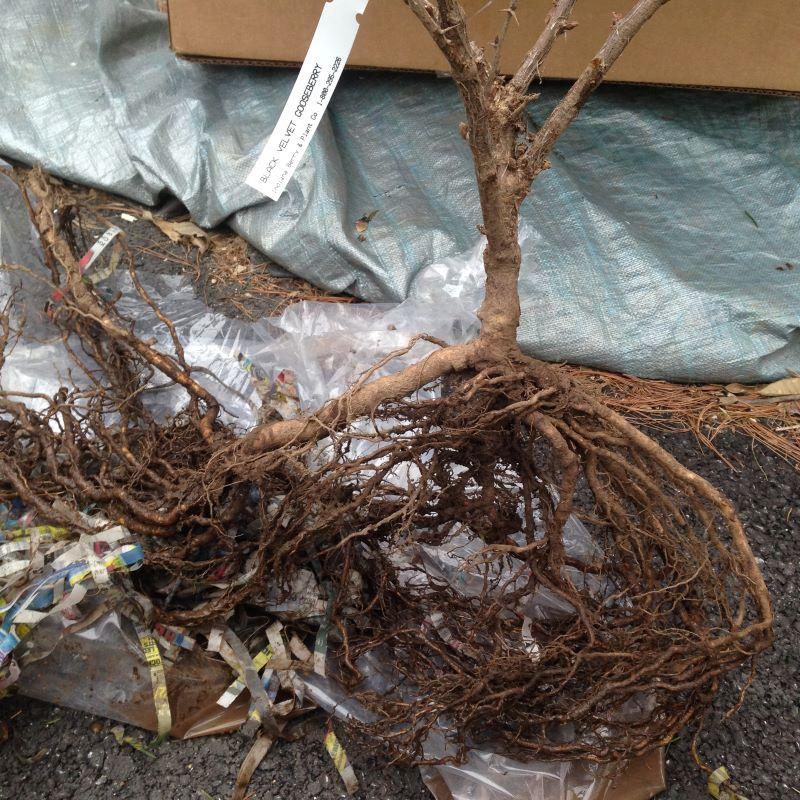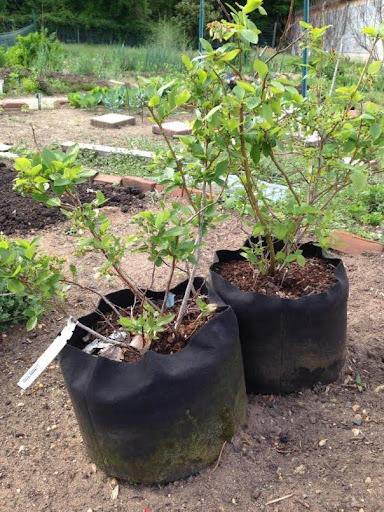Selecting fruits for Maryland
Many different native and non-native fruits can be grown in Maryland. They are perennial plants that must be cared for year-round.
Most tree fruits are botanically grouped into two categories: pome fruits and stone fruits. The pome fruits include apples (Malus) and pears (Pyrus) and the stone fruits include peaches, plums, apricots, nectarines, and cherries (Prunus). Fruit trees within each group have similar growth habits and care requirements and are vulnerable to many of the same pests and diseases. Among native fruits, some are more low-maintenance than others.
Small fruits (berries) grow on shrubs (blackberry, raspberry, blueberry) or herbaceous plants (strawberry). Raspberry and blackberry are also referred to as brambles.
We recommend starting with small fruits like blackberry, raspberry, blueberry, and strawberry. Tree fruits, like apple and peach, usually require more space, effort, and expense, and have more pest and disease problems that require scheduled, yearly preventative pesticide sprays, especially early in the season.
Read our Maryland Grows Blog article: Fruit in Your Future? Start with Small Fruits, Not Tree Fruits
Comparison of fruit plants for Maryland gardens
| Tree Fruits | |||
|---|---|---|---|
| Common Name | Botanical Name | Origin | Notes |
| Apple* | Malus domestica | Europe, Asia Minor |
Many potential insect pest and disease problems. Select disease-resistant cultivars and dwarfing rootstocks |
| Apricot | Prunus armeniaca | Asia | Inconsistent fruiting due to early flowers killed by frost |
| Cherry, sweet* | Prunus avium | Europe, Asia | Brown rot and birds are major problems |
| Cherry, tart | Prunus cerasus | Europe, Asia | More reliable harvest than sweet cherry (less tasty for birds) |
| Fig | Ficus carica | Asia | Requires winter protection in most regions |
| Mulberry | Morus spp. | Asia and North America | Red, white, and black species; Red mulberry is native; White mulberry is invasive |
| Pawpaw* | Asimina triloba | North America | Understory tree in the wild and very shade-tolerant, but fruits best in full sun |
| Peach/nectarine | Prunus persica | Asia | 10-15 year lifespan; many potential insect pest and disease problems |
| Pear, Asian | Pyrus pyrifolia | Asia | Fruits 2-3 years after planting; susceptible to fireblight |
| Pear, European* | Pyrus communis | Europe | Trees can tolerate sub-optimal soil drainage. Ripen fruit off tree |
| Persimmon, American * | Diospyros virginiana | North America | 30-60 ft. in height when mature; male and female flowers produced on separate plants |
| Persimmon, Asian | Diospyros kaki | Asia | Good ornamental qualities |
| Plum, European | Prunus domestica | Europe | Brown rot is a major disease of plums |
| Plum, Japanese* | Prunus salicina | Asia | Flower and fruit earlier in the season than European plums and more difficult to grow |
| Serviceberry | Amelanchier spp. | North America | Several species and hybrids (shrubs and trees); good wildlife value |
| Small Fruits** | |||
|---|---|---|---|
| Common Name | Botanical Name | Origin | Notes |
| Beach plum* | Prunus maritima | East Coast U.S. | Locally-native, shrubby plum; unreliable fruiting |
| Blackberry | Rubus ursinus | North America | Many choices; widely adapted and productive |
| Black chokeberry | Aronia melanocarpa | North America | Astringent but high in antioxidants and Vitamin C. Good wildlife value |
| Blueberry* | Vaccinium spp. | North America | Northern highbush, Southern highbush, and hybrids; rabbiteye (Southern MD and Eastern Shore only) |
| Currant | Ribes spp. | Europe and North America | Easy, underutilized plants. Red, white, and black cultivars. Plant more than one cultivar for black currant |
| Elderberry* | Sambucus canadensis | North America | Large-growing shrub, tolerant of damp soil |
| Gooseberry* | Ribes spp. | Europe and North America | European, American, and hybrids are available |
| Grape |
Vitis labrusca Vitis vinifera |
North America, Europe, SW Asia |
Various hybrids. Muscadine grape (Vitis rotundifolia) is too cold-sensitive for most of MD |
| Hardy kiwi | Actinidia arguta | Asia | Rampant grower; requires sturdy trellis. Must plant a male and a female plant for fruit set |
| Jostaberry | Ribes x nidigrolaria | Europe | Vigorous hybrid between black currant and gooseberry |
| Raspberry | Rubus idaeus and other species | North America | Many choices; primocane-bearing are easiest to manage |
| Strawberry | Fragaria hybrids | North America / South America cross | June-bearing and day-neutral ripening types |
KEY: spp. = species
* These fruits usually require two cultivars (cross-pollination) for the best fruit set.
** Small fruits can usually be grown without pesticides, but they are vulnerable to insect pests and diseases that can weaken or kill plants.
